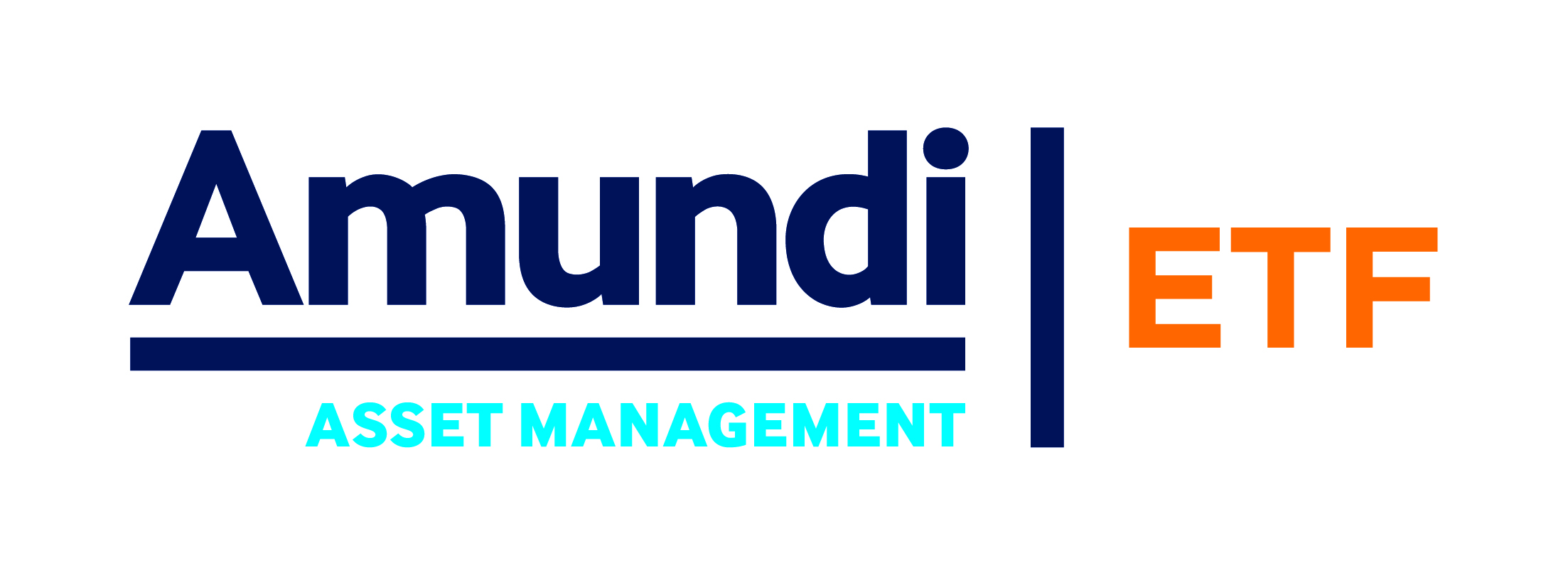Investors are beginning to shift their core allocations into ESG ETFs that track sustainable versions of mainstream indices such as the S&P 500 and MSCI USA, in a further sign of the increasing demand for sustainable investments.According to data from Ultumus, the Xtrackers MSCI World ESG UCITS ETF (XZW0) saw $101m in the week to 23 April while investors poured $84m into the Invesco MSCI USA ESG Universal Screened UCITS ETF (ESGU).Meanwhile, darker green strategies collected some of the top inflows in Europe for the week with the iShares MSCI USA SRI UCITS ETF (SUUS) and iShares MSCI Europe SRI UCITS ETF (IESE) gathering $115m and $103m, respectively.
Far from being a spike, these figures are a continuation of the upward trend displayed by non-traditional index trackers over the past year.
ESG ETF boom to continue but data challenges linger
The accelerated uptake was illustrated in Q1 when ESG ETFs in Europe gathered €25.8bn inflows, up from €21.3bn during the previous quarter, according to data from Morningstar.
While 54% of total money invested in UCITS ETFs during Q1 went into ESG strategies, this was lifted by landmark investments in products such as the SPDR Bloomberg SASB U.S. Corporate ESG UCITS ETF (USCR) while 43% of equity ETF flows went into ESG products.
Among equity ETFs, Jose Garcia-Zarate, associate director, passive strategies research at Morningstar, noted a significant trend is the ongoing rotation from core index trackers to ESG equivalents.
This shift has been particularly apparent over the last half year, and during the quarter just gone, with many vanilla S&P 500 strategies appearing among the bottom ten for inflows in Europe. Meanwhile, investors targeting US large-cap equity directed their capital into ESG equivalents.
In fact, Garcia-Zarate stressed it is fair to assume many of these new flows into ESG index trackers are the direct result of money being divested from core ETFs.
Highlighting this, a survey conducted byETF Stream and Amundi found some 67% of investors now view ESG ETFs as a core holding representing a significant change in sentiment over the past few years.
As Ashley Fagan, head of ETF, indexing and smart beta strategy and business development for UK and Ireland at Amundi, said: “ESG is progressing from a niche thematic holding in specific portfolios to a core allocation.
“We believe it is just a matter of time before ESG becomes the core of portfolios in the future.”
Here to stay
Crucially, this rotation looks more like a structural shift than faddish buzz. Not only was last quarter the first time flows into ESG products overtook those into non-ESG, but European regulators are keen to situate ESG firmly in the mainstream so it is not unreasonable to assume ESG indices could soon become the go-to for core holdings.
Speaking on the shift from core to ESG equivalents, Garcia-Zarate added: “In areas such as developed markets, and particularly Europe, this is facilitated by the fact that compliance with ESG criteria is comparatively high, and so the risk-return of ESG and non-ESG investment indices is very similar.
“So, switching will not imply loss of market representativeness and, more importantly, sacrificing returns.”
Even outside of Europe, for exposures such as emerging markets, Garcia-Zarate said while ESG ETFs may be more distinct from their non-ESG peers, issues such as decarbonisation are global and thus the case for an ESG lens being applied to investment as a whole is a strong one.
Is it possible to reconcile China and ESG?
Another tell-tale sign of ESG’s staying power is the effort marketers have put into adapting their messaging to incorporate the asset class at every turn. While the ETF industry is adept at quickly catering to investors’ demands – as shown by smart beta ETFs a few years back – issuers now actively redirect investors towards their ESG product range.
“For example, in some ETF issuers’ websites when you now search for mainstream equity or bond products they sometimes come up with a pop up window asking you to consider the ESG version,” Garcia-Zarate noted.
This would suggest companies are doing more than just filling in demand gaps with new ESG launches – they could be proactively moving investors to this product class in anticipation of ESG screens becoming the universal norm.
In fact, many ETF issuers have started switching the underlying indices to ESG. Most notably, Amundi decided to no longer exposure to the FTSE 100 after moving the Amundi MSCI UK IMI SRI UCITS ETF’s (FT1K) index to the MSCI UK IMI SRI Filtered Ex Fossil Fuels.
“I guess that begs the question of what will happen to the current non-ESG ETFs if ESG becomes the mainstream way of investing,” Garcia-Zarate pondered. “I guess that we may see closures or mergers of ESG and non-ESG line-ups, but this is thinking way ahead.”
For now, ESG accounts for 10.2% of all Europe ETF assets. Having broken through the $100bn mark last August, they have already shot up to $117.9bn by the end of March.








